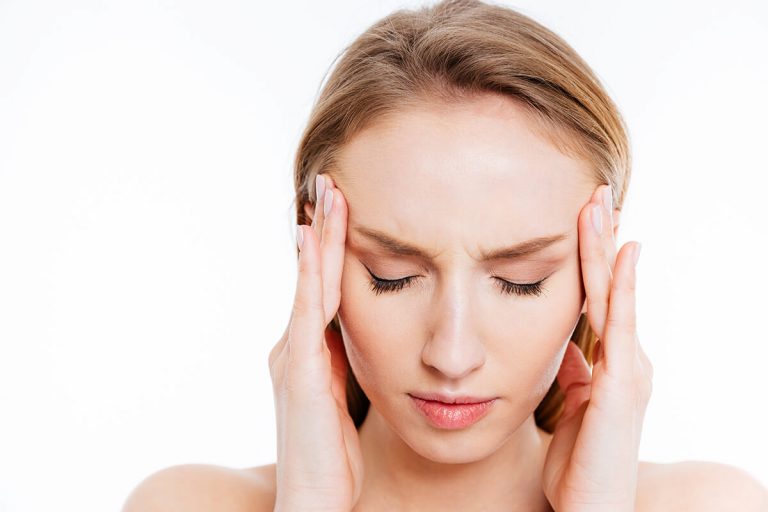
Individuals suffering from severe chronic migraines can experience significant pain and disability in their everyday lives. There are many traditional medications for migraine prevention, but some individuals, such as pregnant women, who are issued with FDA restriction, may require an alternative method of treatment. As in cosmetic use, there is little scientific evidence to prove the efficacy of the injections for chronic migraines.
Botox for Migraines
Botox is a protein derived from a species of Clostridium bacteria that is commonly used in humans as a cosmetic treatment and to temporarily hide wrinkles. Botulinum toxin A from this organism is also being used to treat a variety of medical conditions such as strabismus (misaligned eyes) and excessive sweating of hands and feet (palliating symptoms associated with hyperhidrosis).
The use of Botox for migraines is primarily a palliative treatment. Palliative means that Botox is used to treat the symptoms of a condition without addressing the underlying causes of the condition. In addition, Botox paralyzes the muscles and stops them from contracting so that the individual experiences the pain of the headache without actually feeling the headache. Botox for men is also available, as it’s not only for women!
Migraine Treatment with Botox
Botulinum toxin can be used to treat chronic migraine pain. The product is meant to relax the nerves in the tissue surrounding a specific muscle and prevent chronic migraines. Reported clinical studies show some adolescents have received injections of Botox into the forehead muscles resulting in a reduction of migraines and fractional pain. OnabotulinumtoxinA, the first approved botulinum treatment for chronic migraine pain in 2010, has helped adults suffering from chronic migraines. If the treatment being offered is only to treat migraine headaches, the patient should not consent to the procedure. Physicians offering such services and Botox centers offering Botox for migraines should inform patients of the proper indications for use. Safety, effectiveness, and proper doses of Botox are needed for effective treatments of chronic migraines.
Botox for Chronic Pain
Botox injectable for chronic pain includes the cervical and thoracic supinators muscles (upper and lower back region), and the plantar heel cord is the most effective for pain. However, when injected at other locations, patterns in pain relief may not be visible. With pain being a subjective experience, many basal muscles of the body may have to be injected before finding a suitable placement for relief of pain. Botox, as an analgesic, does not treat the cause of pain, only the sensation. It may also prove to be very beneficial for patients suffering from fibromyalgia (muscle pain, pain in the back, hips, lower and upper limbs).
Botox for Migraine Relief
Botox is injected into a number of areas in the head and neck. Most commonly, the forehead, scalp, chin, and neck muscles are targeted. The injections prevent muscles from contracting, therefore stopping the pain associated with the migraines. By blocking muscle contraction in the head and neck, Botox also prevents muscle tightening and the overactivity of blood vessels that cause the pain associated with headaches. For example, neck Botox can help with the excessive movements.
Botox significantly reduces the number of migraine attacks experienced by sufferers. For some individuals, they may completely stop experiencing headaches altogether. This may only last for up to three months. As with all pharmacological methods, onabotulinumtoxinA should not be discontinued suddenly. Therefore, patients receiving Botox injections periodically for migraine prevention treatments should not stop taking them suddenly.
